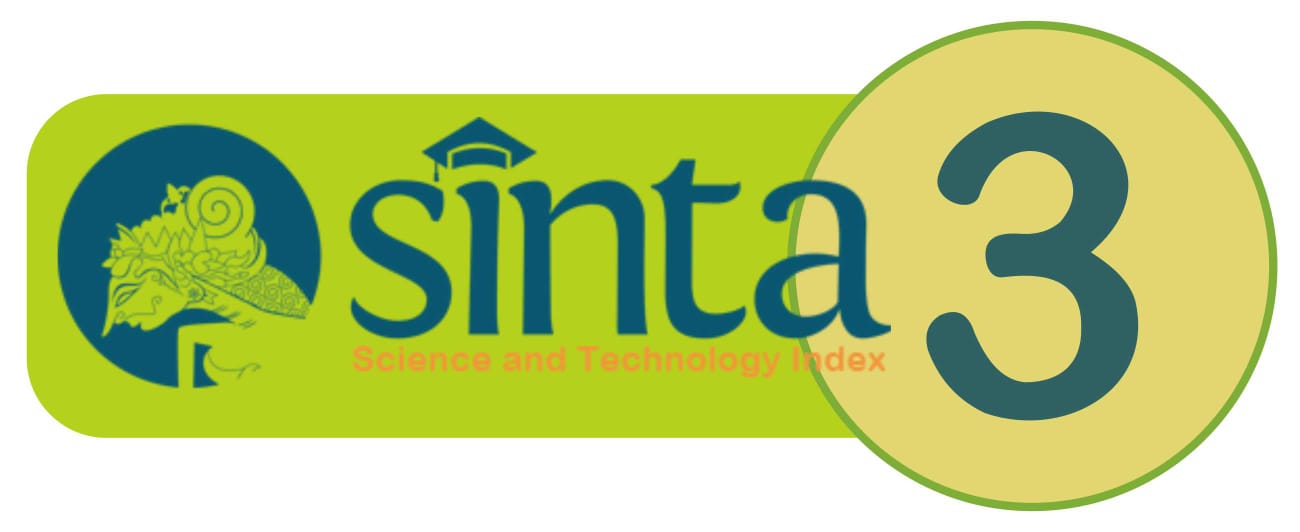EFEK METODE PEMBELAJARAN TAHFIDZUL QUR’AN TERHADAP PRESTASI BELAJAR TAHFIDZUL QUR’AN
Abstract
Penelitian ini merupakan penelitian eksperimen yang bertujuan untuk mengetahui efektivitas metode hanifida yang dibandingkan metode klasikal dengan audio visual. Populasi dan sampel diambil dari siswa kelas 5 (lima) MI Syafaat Muhammadiyah Baki Sukoharjo, dan SDIT Al-Anis kartasuro dengan jumlah masing masing 30 siswa. Keduanya memiliki karakter yang sama dilihat dari kurikulum yang dipakai,. Data diambil dari nilai kemampuan awal, kemudian tes prestasi hasil belajar Tahfidzul Qur’an, sedangkan hipotesis diuji menggunakan analisis two ways anova. Dari hasil analisa data diperoleh kesimpulan; 1) Metode pembelajaran Tahfidzul Qur’an tidak berpengaruh terhadap prestasi belajar Tahfidzul Qur’an; 2) nilai prestasi belajar Tahfidzul Quran yang menggunakan metode hanifida pada kelas 5 SDIT Al-Anis Kartasura memiliki rata-rata 89.87, median 93.00, modus sebesar 97, dan standar deviasi 8.693. Sedangkan nilai kategori siswa Tahfidzul Qur’an pada metode hanifida memiliki rata-rata 84.45 dan standar deviasinya sebesar 4.045 pada kategori siswa kurang pandai, sedangkan untuk rata-rata 95.59 dan standar deviasi sebesar 2.551 terdapat pada kategori siswa pandai pada metode hanifida; 3) hasil perhitungan dengan analisis two ways anova yang dilakukan dengan bantuan paket program statistik SPSS. versi 16.0 dengan signifikansi 5% diperoleh nilai signifikansi metode klasikal dengan audio visual dan metode hanifida dengan nilai (sign.) adalah 0.209 > α 0.05, maka hipotesis tidak terbukti. Nilai signifikansi kategori siswa terhadap Tahfidzul Qur’an yang nilai (sign.) 0.000< α 0.05; maka hipotesis yang diajukan terbukti. Sedangkan untuk metode dan kategori siswa diperoleh nilai (sign.) adalah 0.388> α 0.05, maka hipotesis tidak terbukti.
This experimental research is aimed to know the effectiveness of hanifida method compared with classical with audio visual method. The population and sample were taken from fifth grade MI Syafaat Muhammadiyah Baki Sukoharjo and SDIT Al-Anis Kartasura, every school 30 students. From the curriculum they used, both of the school had the same character. The data was taken from the score of the beginning ability, then achievement test from Tahfidzul Qur’an. On the other hand, hypothesis was tested by using analysis two way anova. The result from data analysis can be concluded; 1) the method of teaching Tahfidzul Quran, didn’t influence to the achievement Tahfidzul Qur’an; 2) the score of achievement Tahfidzul which was used hanifida method the students of fifth grade SDIT Al-Anis Kartasura had average score 89,87, median 93.00, modus 97 and deviation standard 8.693. the score of studends tahfidz Al Qu’an catagory that used hanifida method had average score 84.45. deviation standard 2.045 for the weak students, and average sore 95.59, deviation standard 2.551 for clever students by using hanifida method. 3) the result of analysis two ways anova which was done by using statistic program SPSS version 16.0 , signification 5%, can be obtained the score signification of classica method with audio visual and hanifida, the score (sign) is 0.209>a so the hypothesis was not proved. The signification score students catagory to tahfidz al Qur’an which has score (sign) 0.000< a so the hypothesis was proved. The method and students catagory that get score (sign) is 0.388>a 0.05, the hypothesis was not proved.
Kata kunci: efek metode, pembelajaran Tahfidzul Qur’an, kategori siswa
Full Text:
PDFDOI: https://doi.org/10.18326/attarbiyah.v1i2.211-242
Refbacks
- There are currently no refbacks.

ATTARBIYAH: Journal of Islamic Culture and Education by http://attarbiyah.iainsalatiga.ac.id/ is licensed under a Creative Commons Attribution-ShareAlike 4.0 International License
----------------------------------------------------------
ATTARBIYAH : Journal of Islamic Culture and Education IAIN SALATIGA p-ISSN: 0215-9996, e-ISSN: 2548-6020



